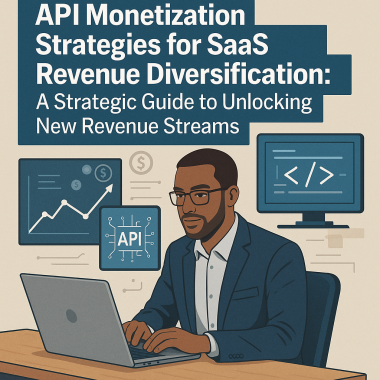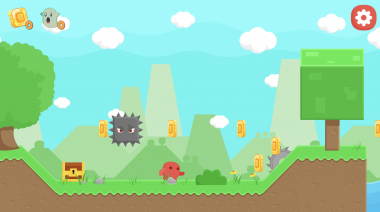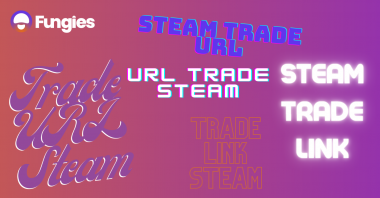In the world of game development, where creativity knows no bounds, securing the right indie game funding can mean the difference between bringing your gaming vision to life or leaving it to gather dust. This article is your compass in the complex terrain of funding, where we’ll help you differentiate between investors, grants, and crowdfunding. Ready to embark on this financial quest?
Investors – Your Financial Allies
The Investor Advantage
Investors, those enigmatic financial allies, can fuel your game development dreams. They bring not just money to the table but a treasure trove of expertise and connections. In this section, we’ll delve into what investors can do for your project and explore the pros and cons of seeking their support.

Investors Give
Investors are more than just deep pockets; they are your strategic partners in the world of game development. They provide the financial infusion your project needs to take flight, but their value extends beyond capital. Investors often come with a wealth of experience in the industry, and their insights can be a game-changer. Moreover, their network can open doors that were previously inaccessible, introducing you to potential collaborators, mentors, and key players in the gaming world.
Investors Take
However, the path of seeking investors is not without its challenges. It comes with a trade-off, primarily in the form of equity or returns. You’ll need to relinquish a portion of your creative ownership in exchange for their financial backing. Additionally, investors often have expectations and demands that can impact your creative freedom. Thus, it’s crucial to carefully weigh the advantages and disadvantages before taking this funding route.
Types of Investors
Not all investors wear the same hat. There are angel investors, the guardians of gaming dreams, and venture capitalists, the fuel for ambitious ventures. We’ll help you distinguish between these two species and understand which one might be your game’s ideal partner.
Angel Investors
Angel investors are often individuals who invest their personal wealth in startups, including indie game development projects. They’re typically drawn to projects they’re passionate about, and their involvement can go beyond financial support. Angel investors may offer mentorship, guidance, and a personal touch to your project.
Venture Capitalists (VCs)
On the other hand, venture capitalists (VCs) are entities that manage pooled funds from various investors. VCs are usually more interested in the financial potential of your game and expect a higher return on their investment. They often invest in later stages of development and might not have the same level of personal involvement as angel investors.

Understanding these distinctions is crucial because it helps you tailor your pitch and approach to the right type of investor. An angel investor may be more interested in your game’s unique concept and potential impact, while a VC may want to see solid financial projections and market scalability.
Crafting the Perfect Pitch
Picture this: you’re in a room with potential investors, and your game is your ace of spades. Crafting a winning pitch is your ticket to their hearts and wallets.
The pitch deck is your canvas to paint a compelling picture of your game and its potential. It should be a visually engaging presentation that succinctly conveys your game’s concept, market opportunity, team expertise, and financial projections. Each slide should tell a story that captivates your audience and leaves them eager to invest.
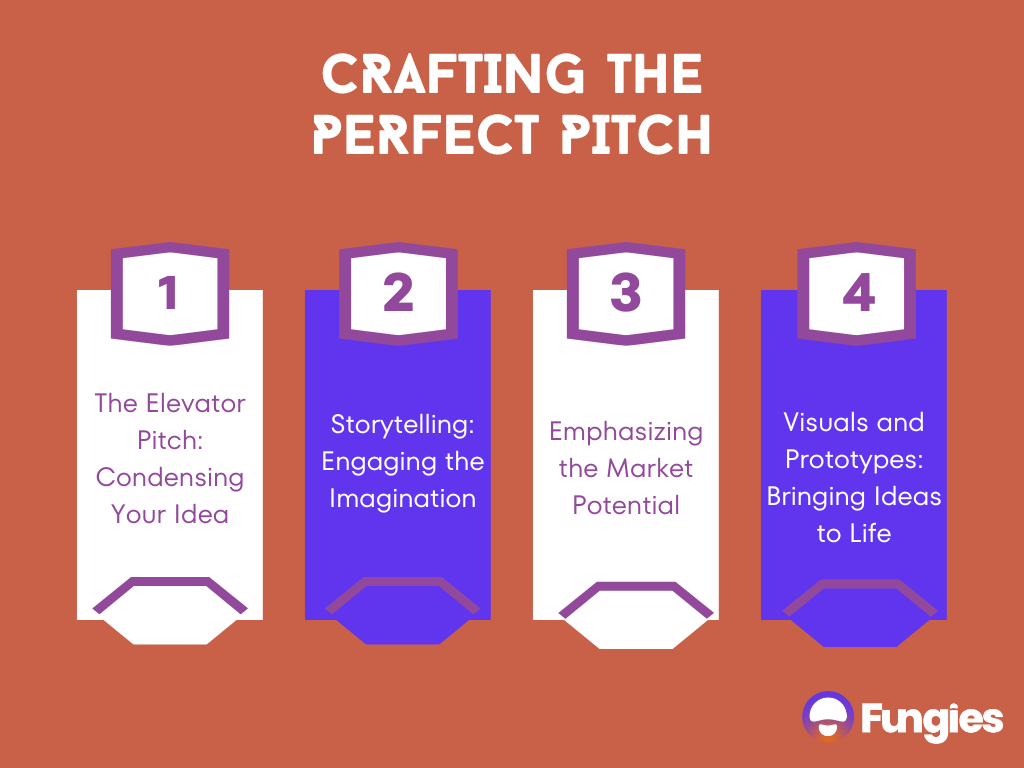
When addressing investor concerns, it’s essential to be transparent and proactive. Investors often worry about risks, competition, and the scalability of your game. By addressing these concerns head-on and demonstrating a clear strategy for mitigating risks, you can instill confidence in your potential backers.
Negotiating the Deal
When investors come knocking, it’s time to talk terms. Equity, royalties, or debt financing? These are the choices you’ll be facing.
The negotiation phase is where the details of your partnership with investors are hammered out. It’s crucial to understand the different funding options available. Equity financing involves selling a portion of your company (or your game) in exchange for funding. Royalties mean you’ll repay investors a percentage of your game’s revenue over time. Debt financing involves borrowing money that you’ll need to repay with interest.
The choice between these options depends on your project’s needs and your willingness to share ownership or revenue. It’s also crucial to negotiate other terms, such as the timeline for investment, the level of control investors will have, and the rights and responsibilities of both parties.
Protecting your creative freedom is pivotal during negotiations. Ensure that the terms of the deal align with your vision for the game and that you retain enough control to maintain your creative direction.
Game Development Grants – The Creative Lifeline

The Grant Advantage
Game development grants are a breath of fresh air for indie game developers. Unlike investors, they offer non-dilutive funding, which means you don’t have to give up a share of your game or company in exchange for financial support. This is a significant advantage for developers who want to retain full creative control.
One of the most remarkable aspects of grants is their ability to stimulate innovation and creativity. They allow developers to take risks, experiment with new ideas, and explore uncharted territories in game design. Grants often come with fewer strings attached, giving you the freedom to pursue your creative vision without the pressure of immediate financial returns.
Types of Game Development Grants
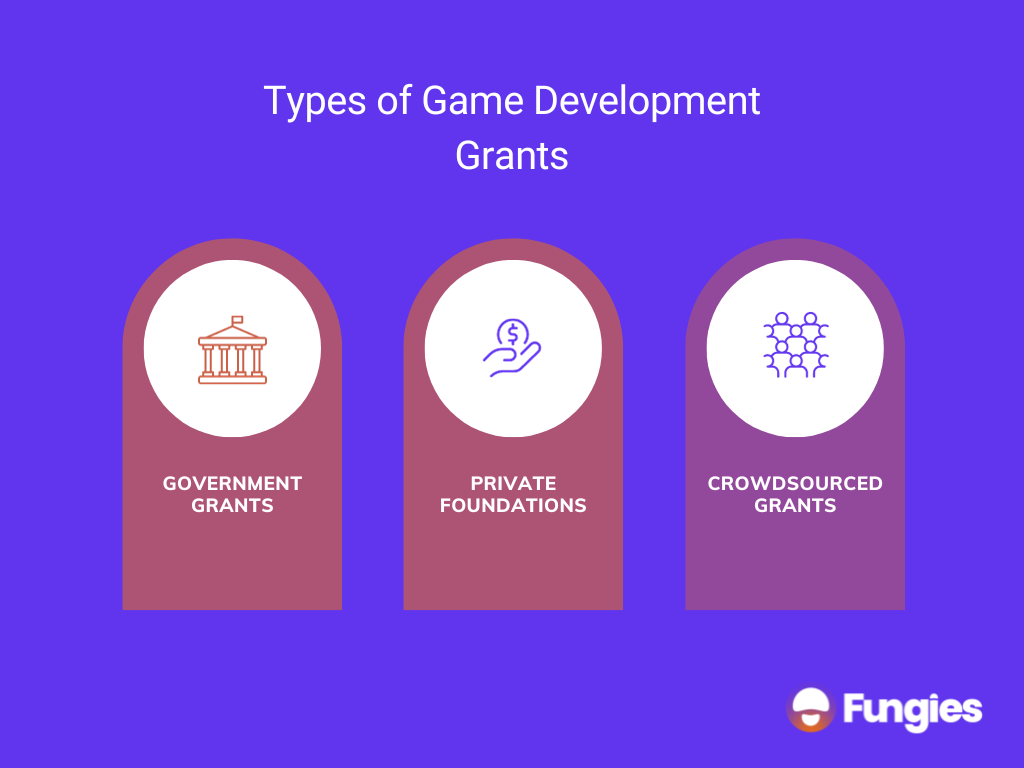
In the realm of grants, there are government grants, private foundations, and crowdsourced grants. We’ll unravel the differences and help you find the grants that align with your gaming vision.
Government Grants
These grants are typically provided by government agencies to support projects that have a public benefit. They can range from local to national level and often have specific criteria and application processes. Government grants are a valuable source of funding for developers looking to create games with educational or societal impact.
Private Foundations
Private foundations and organizations offer grants to support various causes, including game development. These grants may be more flexible in their criteria and can be an excellent option for projects that align with the foundation’s mission or goals.
Crowdsourced Grants
Crowdsourced grants are a relatively new phenomenon where the gaming community itself contributes to funding projects. Platforms like Fig and Medici allow fans and backers to invest in and support the games they believe in.
Understanding the different types of grants available can help you identify the most suitable funding opportunities for your game. Each type of grant may have specific requirements and expectations, so it’s essential to research and tailor your proposals accordingly.
Crafting a Winning Grant Proposal
To secure a grant, you’ll need to wield a persuasive proposal. We’ll show you how to identify suitable grants, outline the essential elements of a winning proposal, and demonstrate the impact and feasibility of your project.
Crafting a winning grant proposal is a fine art. It begins with identifying grants that align with your game’s goals and objectives. Research is key here; you’ll want to delve into the specific requirements and focus areas of each grant to ensure a good fit.
The elements of a persuasive grant proposal typically include:
Project Overview
Clearly and concisely describe your game, its objectives, and why it matters.
Budget
Provide a detailed breakdown of how you intend to use the grant funds, including expenses for development, marketing, and any other relevant costs.
Timeline
Outline the project timeline, including key milestones and deadlines.
Impact
Articulate the potential impact of your game, whether it’s educational, cultural, or artistic.
Feasibility
Demonstrate that your team has the skills and experience necessary to complete the project successfully.
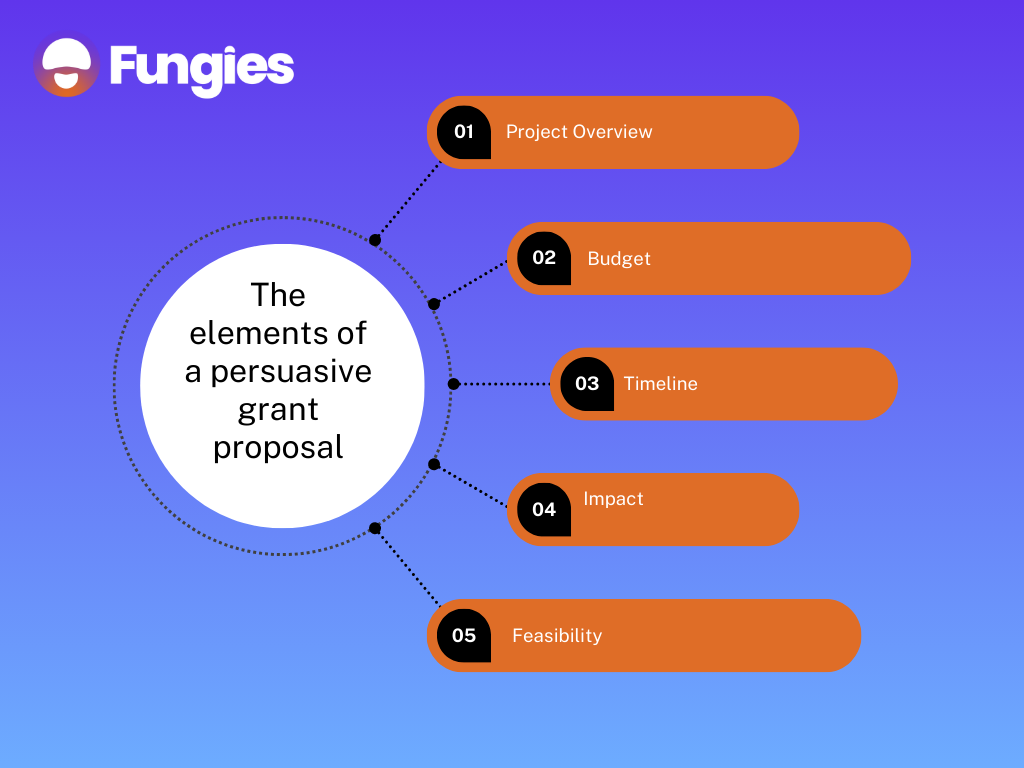
In your proposal, it’s crucial to convey your passion for the project and make a compelling case for why your game deserves support. You’re essentially telling a story, and that story should resonate with the values and goals of the grant provider.
Navigating the Application Process
Grant applications can be a labyrinth of deadlines and requirements. Fear not; we’ve got your back. Learn how to meet deadlines, craft a comprehensive budget, and engage with those elusive grant committees.
Navigating the grant application process requires careful attention to detail and a methodical approach.
Here are some steps to guide you:
Identify Suitable Grants
As mentioned earlier, research and identify grants that align with your game’s goals and objectives.
Read Guidelines Thoroughly
Once you’ve identified potential grants, carefully read through their guidelines and requirements. Pay attention to deadlines, eligibility criteria, and any specific documentation or materials they require.
Craft Your Proposal
Begin working on your grant proposal early, and ensure it aligns with the grant’s specific requirements. Tailor your proposal to emphasize how your game fulfills the grant’s goals.
Budget Preparation
Develop a comprehensive budget that outlines how you plan to allocate the grant funds. Be transparent and realistic about your financial needs.
Engage with Grant Committees
If you have questions or need clarifications about the grant application process, don’t hesitate to reach out to the grant committee or foundation. Clear communication can be valuable in ensuring your application meets their expectations.
Submit Ahead of Deadlines
Aim to submit your grant application well in advance of the deadline to avoid last-minute rush or technical issues.
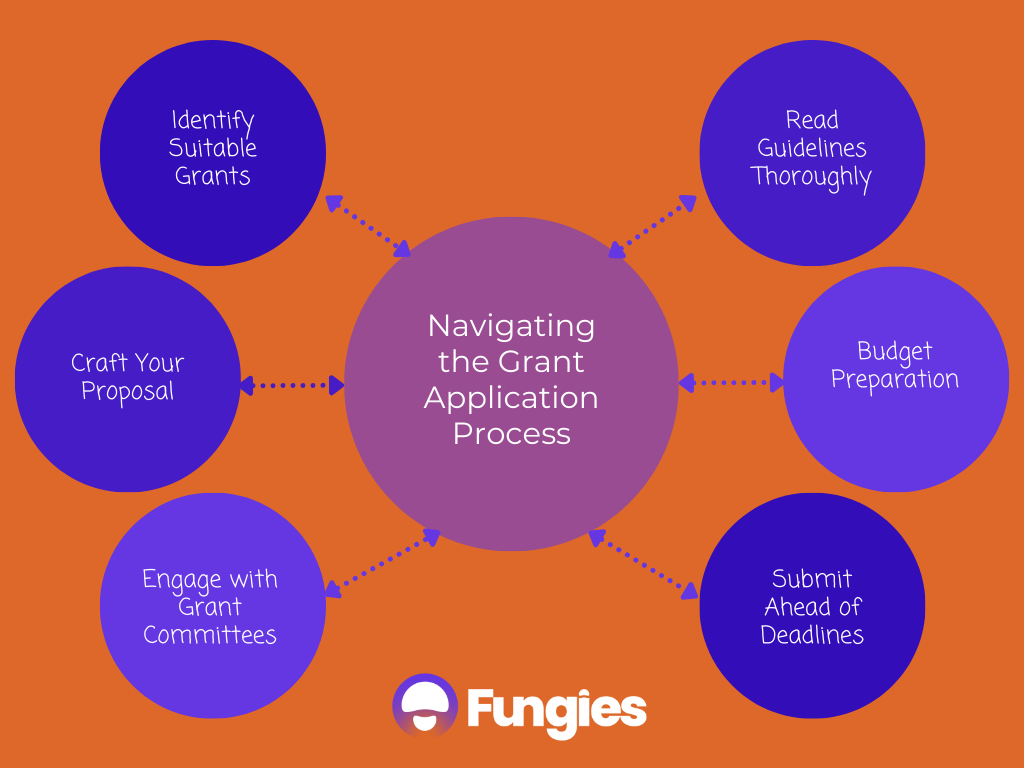
Remember that competition for grants can be fierce, so putting your best foot forward with a well-prepared application is essential. Grant committees are often looking for projects that not only align with their mission but also demonstrate a high level of professionalism and feasibility.
Crowdfunding – Uniting with Your Community
Crowdfunding in the Gaming World
Crowdfunding has emerged as a game-changer in the gaming world, offering a unique avenue for indie game developers to fund their projects. Platforms like Kickstarter and Indiegogo have brought the power of community funding to the forefront. Let’s explore why crowdfunding has become a phenomenon.
The Crowdfunding Phenomenon

Crowdfunding is more than just a funding mechanism; it’s a cultural shift in how creative projects are brought to life. It empowers creators to reach out directly to their audience, build a community of supporters, and fund their projects collectively. This democratization of funding has opened doors for indie game developers who may not have had access to traditional investment channels.
Community Building and Engagement
One of the most remarkable aspects of crowdfunding is its ability to foster community engagement. When you launch a crowdfunding campaign, you’re not just seeking financial support; you’re inviting people to become a part of your journey. Backers feel a sense of ownership and pride in helping bring a project to fruition, and this connection can extend far beyond the campaign.
Crowdfunding vs. Traditional Investment
While crowdfunding offers exciting opportunities, it’s essential to understand how it differs from traditional investment, such as seeking investors or grants.
Traditional Investment
Traditional investment typically involves a few key stakeholders who provide substantial funding in exchange for equity or a share of future revenue. In contrast, crowdfunding involves a large number of backers who contribute smaller amounts of money in exchange for rewards or early access to the game. This means you have a broader base of supporters, but each backer’s contribution is typically smaller.
Crowdfunding
Crowdfunding also brings with it a higher degree of transparency and accountability. Backers are invested not only financially but emotionally in your project. They expect regular updates, transparency about progress, and the fulfillment of promised rewards. Meeting these expectations is critical to maintaining trust and support from your backers.
Selecting the Right Platform

Choosing the right crowdfunding platform is your first crucial step. We’ll introduce you to Kickstarter, where dreams take shape, Indiegogo, a pioneer of creativity, and Patreon, the realm of ongoing support.
Kickstarter: Where Dreams Take Shape

Kickstarter is one of the most well-known crowdfunding platforms, and it’s often associated with creative and innovative projects, including indie games. Kickstarter campaigns are typically all-or-nothing, meaning you must reach your funding goal to receive any funds. This can create a sense of urgency and excitement among backers.
Indiegogo: Pioneering Creativity

Indiegogo offers a flexible funding model, allowing you to choose between all-or-nothing and flexible funding options. This platform has a global reach and is known for its diverse range of projects, making it an excellent choice for indie developers seeking a broad audience.
Patreon: Building Ongoing Support

Patreon takes a slightly different approach, focusing on ongoing support rather than one-time campaigns. Creators on Patreon build a community of patrons who pledge to support their work on a recurring basis. This can be a great option for indie game developers looking for sustained funding and a dedicated fanbase.
Choosing the right platform depends on your project’s goals, funding needs, and your comfort level with the platform’s rules and features. Each platform has its unique advantages and considerations, so it’s essential to research and decide which aligns best with your project.
Crafting a Compelling Campaign
Your crowdfunding campaign is your chance to shine. We’ll guide you through creating a captivating pitch video, setting achievable funding goals, and enticing backers with irresistible rewards.
The Power of a Captivating Pitch Video
A compelling pitch video is the heart of your crowdfunding campaign. It’s your opportunity to convey your passion, vision, and the unique aspects of your game to potential backers. Your video should be engaging, informative, and concise, capturing the essence of your project.
Setting Realistic Funding Goals
Choosing the right funding goal is a delicate balance. It should be sufficient to cover your development and campaign expenses but not so high that it’s unattainable. Backers are more likely to support projects that appear achievable. Consider your project’s scope, budget, and the costs associated with delivering rewards when setting your goal.
Enticing Backers with Rewards
Rewards are a key incentive for backers to support your campaign. Craft a range of rewards that cater to different budgets and interests. These rewards can include early access to the game, digital art books, exclusive in-game items, or even the opportunity to be part of the game’s development process.
Running a Successful Campaign
The journey doesn’t end when you hit that launch button. Discover the art of post-launch success, from leveraging social media and marketing to fulfilling your promises and responsibilities to your backers.
The Post-Launch Journey
Once your campaign is live, the real work begins. Engage with your backers regularly by providing updates on your progress, sharing behind-the-scenes content, and addressing their questions and concerns. Keeping the momentum going is essential to reaching and even surpassing your funding goal.
Leveraging Social Media and Marketing

Effective marketing and social media strategies can significantly impact the success of your crowdfunding campaign. Utilize platforms like Twitter, Facebook, Instagram, and gaming forums to spread the word about your project. Engage with gaming communities, influencers, and gaming media outlets to increase visibility.
Fulfilling Promises and Responsibilities
When your campaign successfully concludes, it’s time to fulfill your promises to backers. Deliver rewards promptly and communicate transparently if there are any delays or changes to the project’s timeline. Building trust with your backers is crucial for your future endeavors.
Long-Term Considerations
Success is not just about funding; it’s about sustaining your gaming career. Learn to balance your creative vision with financial obligations, nurture lasting relationships with investors, and ensure your game development career thrives.
Achieving success in game development is not a sprint; it’s a marathon. Beyond securing funding for your current project, it’s essential to consider your long-term career trajectory. Here are some crucial long-term considerations:
Balancing Creative Vision
While funding is vital, never lose sight of your creative vision. Striking a balance between creative expression and financial considerations is key to maintaining the integrity of your work.
Nurturing Relationships
Building positive relationships with investors and grant providers can open doors to future opportunities. Maintaining transparent and productive communication can lead to ongoing support for your career.
Sustainability
Think beyond individual projects and consider how to sustain a thriving game development career. Diversify your portfolio, explore different genres, and adapt to evolving trends in the industry.
Conclusion
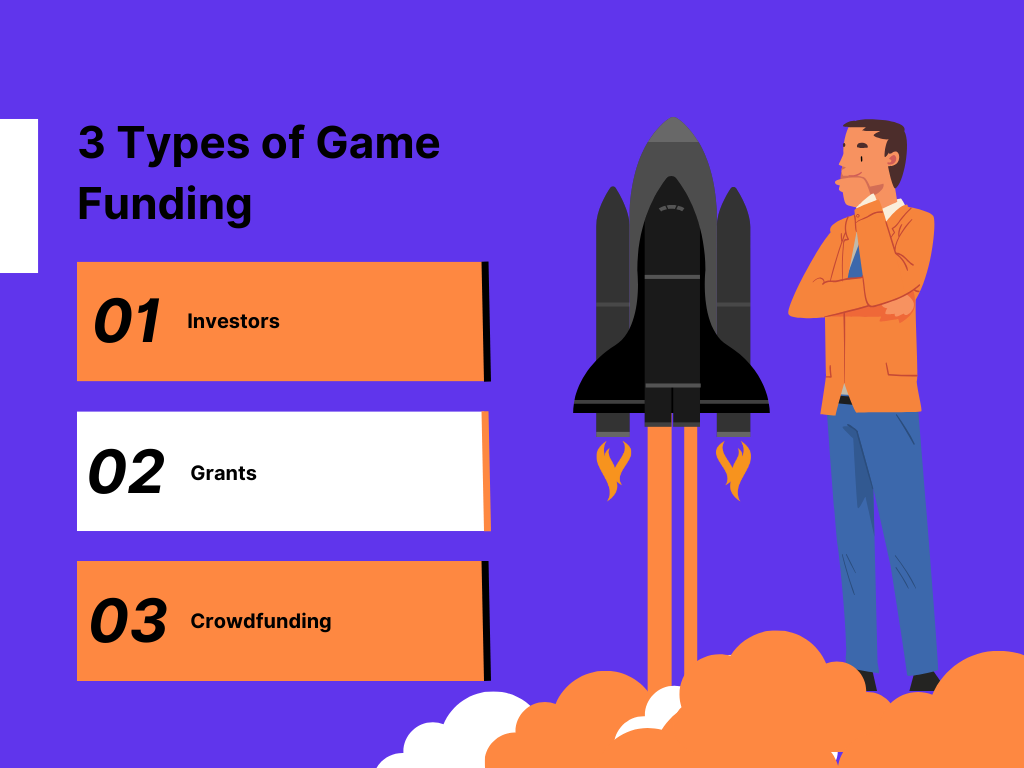
Your indie game funding journey is now well-charted. Armed with knowledge, you’re ready to make informed decisions that will shape your gaming future. Whether you opt for investors, grants, or crowdfunding, the world of indie game development is yours to conquer. So, go ahead and turn those gaming dreams into pixelated realities!



